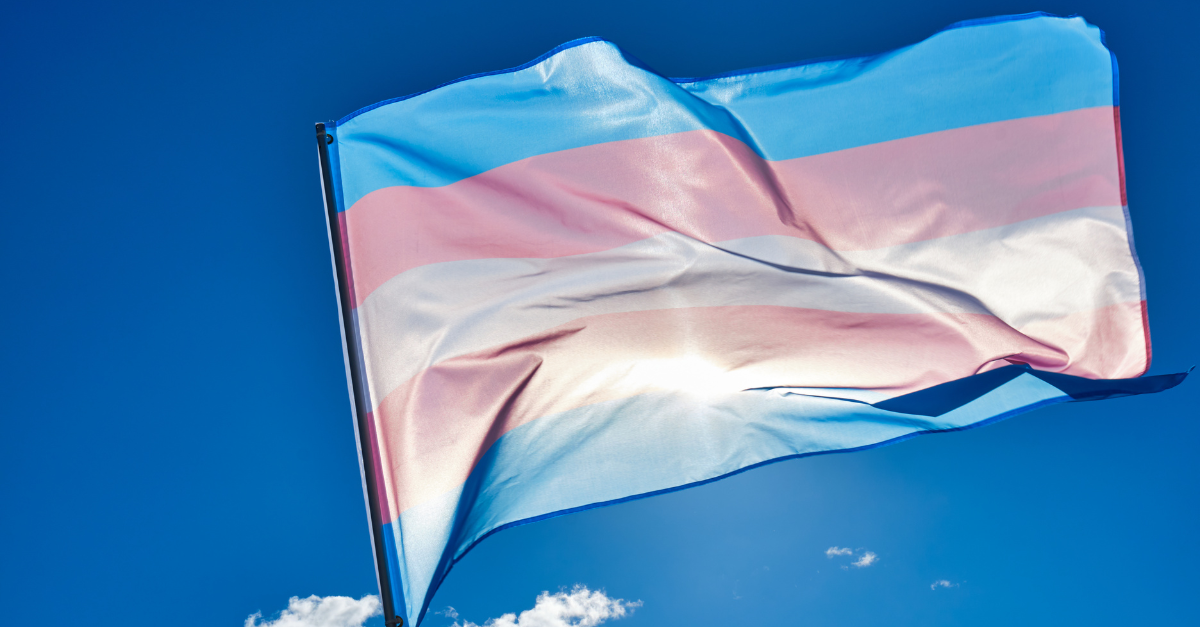NAWL Joins NWLC Amicus About Sports, Equity, and Math
UPDATE - January 13, 2023 -- The parties reached a settlement agreement that prohibits Michigan State University ("MSU") from cutting any women’s team from now until the end of the 2029-30 school year. The agreement also requires MSU’s athletic program to come into full Title IX compliance by the end of the 2026-27 school year, including by requiring the appointment of an independent Gender Equity Review Director and the creation of a Gender Equity Plan.
Read more on the NWLC Blog.
UPDATE - February 1, 2022: The Sixth Circuit ordered the lower court to reconsider Sophia and her swim and diving teammates’ request to stop MSU from cutting their team, consistent with the following corrections: First, there is no “magic number” for Title IX athletics compliance, and the lower court should not have assumed MSU was compliant with Title IX just because its athletics participation gap was less than 2%. Second, the lower court should have compared MSU’s participation gap to the size of a viable team, not the size of the average team at MSU. Third, the lower court should have accepted Sophia and her teammates’ calculations of MSU’s large participation gap based on MSU’s own reported, publicly available data. This decision is a great win because it provides important clarifications on what standards courts must apply when evaluating whether a school’s athletics program is compliant with Title IX.
May 26, 2021 -- NAWL joined the NWLC, along with co-counsel Legal Aid At Work and Simpson Thacher & Bartlett LLP, and a group of 20+ other civil rights organizations in a Sixth Circuit amicus brief about sports and equity and math, oh my! In Balow v. Michigan State University, we filed in support of Sophia Balow and her varsity swim and diving teammates, who want to stop MSU from cutting their team.
Title IX prohibits sex discrimination in school sports. One way for schools to comply with Title IX is to ensure the total number of spots on all sports teams for each gender is proportionate to each gender’s enrollment. If these numbers aren’t proportionate, the school has a “participation gap” and must see if there are any “viable teams” that can close that gap. A school has a “viable team” in a specific sport if enough students want to join that team and there are other schools to compete with. Under Title IX, schools must compare their “participation gap” with the sizes of any “viable teams” to make decisions about adding or cutting teams.
For example, let’s say women are 60% of students at a school and have 40 of 70 total athletic spots. If the school were to cut the women’s softball team, which has 10 people, women would have only 30 of 60 spots (50%). To close the 10% participation gap, the school would need to add 15 more women’s spots so that women have 45 of 75 spots (60%). Since this gap of 15 is larger than the current softball team of 10, the school can’t cut the softball team. Alternatively, the school would need to add a viable team in another sport to close the gap.
MSU already had a participation gap of 42 (according to data from its own website) and was spending three times more on men’s sports than on women’s sports when it announced its plans to cut the women’s varsity swim and diving team. Sophia and her teammates asked a district court in Michigan to stop MSU from cutting their team, but the court made several critical mistakes and, as a result, denied their request. Our amicus brief to the Sixth Circuit explains the district court’s mistakes.
First, the district court arbitrarily decided that MSU complies with Title IX solely because the court calculated MSU’s participation gap to be less than 2%, even though the Department of Education and many other courts have repeatedly said there is no such “magic number” under Title IX. As the Department has explained, a large school with a 5% gap would need to add more women’s spots than a small school with the same 5% gap. If the district court’s 2% rule is not overturned, large schools like MSU will be able to deprive many women of athletics opportunities.
Second, the district court incorrectly compared MSU’s participation gap with the average size of all women’s sports teams at MSU, instead of with specific sports teams, like the women’s swim and diving team. The average size of all women’s teams at MSU is simply irrelevant to whether Title IX allows MSU to cut a specific team or requires MSU to add a specific team. If the district court’s decision is not overturned, an absurd situation will be allowed: a school will be able to cut its smallest girls’ or women’s teams in order to inflate its average team size, which will allow it to have an ever-larger participation gap. This will make it exceedingly difficult for women and girls to prove that their school is violating Title IX—even when they have far fewer spots to play than men and boys.
Finally, the district court unfairly rejected Sophia and her teammates’ calculations of MSU’s large participation gap based on MSU’s self-reported, publicly available data. Instead, the court accepted MSU’s claims that its participation gap was too low to require adding any new women’s teams—even though MSU never turned over the underlying data for those claims. If this approach is not overturned, school athletics programs will be incentivized to violate Title IX and, if they are sued, they will be rewarded for hiding the evidence from courts and plaintiffs.
We’re fighting for Sophia and her teammates because they—and all women and girls—deserve to have equal opportunities to play sports. MSU’s Title IX violations are egregious but not unique. The national participation gap is almost 1 million for high school girls and 60,000 for college women, and girls of color are doubly disadvantaged. Women and girls face second-class treatment and pervasive sexual abuse in school sports, including, infamously, at MSU. As states continue to pass cruel athletics bans against transgender girls and women, it’s especially critical that we uplift the many real and urgent problems that keep women and girls from achieving gender equity in athletics.





